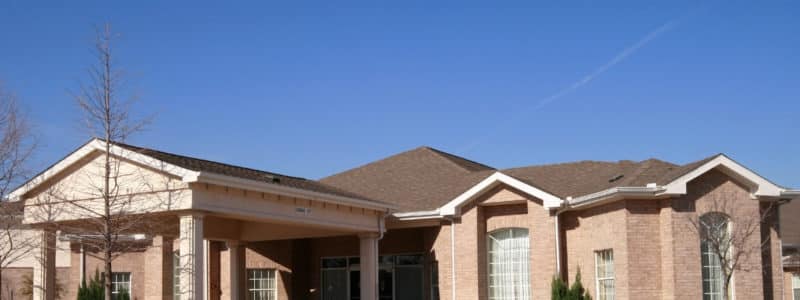Based on data just released, it looks like the outlook for senior housing in 2015 is encouraging. According to the National Investment Center for Senior Housing and Care (NIC) MAP Data Service, 2014 saw some positive trends for the senior housing industry:
- In the fourth quarter of 2014, occupancy in senior housing properties was 0.2 percentage points higher than the third quarter and 0.9 percentage points higher than a year earlier
- Occupancy rates for independent living and assisted living are now 4.5 and 2.8 percentage points above their cyclical lows
- For the fourth consecutive year, absorption rates exceeded inventory growth (2.7% vs. 1.7% in the 2014 4Q)
Demographics favor senior housing
Many of us have heard the term, “graying of America” and this is evidenced in part by a sobering statistic-over 10,000 individuals per day are turning 65. The baby boomers of the post World War II population boom account for nearly one in four people in the U.S. today. By 2030, after the last of the boomers have turned 65, the 65+ population will account for over 71 million and by 2050, it will be over 86 million. By some estimates nearly 60% of those individuals 50-64 suffer from at least one chronic condition. Challenges such as this cause individuals to consider the options of aging in place or seeking placement in senior housing.
What’s ahead in senior housing?
While the demographics and the statistics look pretty good for senior housing in 2015, it’s not without caution. Here are some considerations for senior housing in the coming year.
Independent living occupancy rates are recovering at a slightly higher pace than assisted living
Assisted living occupancy rates remained flat (89.3%) from the third to fourth quarter of 2014 while independent living rates rose from 90.9% to 91.3% in the same period. The inventory growth rate slowed in the fourth quarter ever so slightly from 1.8% (3Q) to 1.7% (4Q) reflecting a continuing but cautious optimism in the senior housing market.
Technology will play a larger role
Healthcare and even more specifically long term care is notoriously slow in embracing technology. However, as the demands and capabilities of the older consumer move in that direction, so must the senior housing industry. As an example, it is estimated that the remote patient monitoring technology market is set to reach $5 billion by 2020. As aging in place becomes a greater part of the consciousness (coupled with the resulting increase in acuity), the capabilities of operators must also increase.
The workforce challenge
According to a recent report by the University of California, San Francisco, the number of workers leaving the long term care work force are outpacing the number coming in. That, coupled with an aging population of workers bound for retirement, create an increasing shortage of workers for the senior housing industry.
2015-the year of senior housing?
Well, I wouldn’t quite put it that way and as always, the crystal ball is a bit murky right now. However, there’s plenty of reason for optimism albeit cautiously. Before embarking on the path of developing a project, we advise that you spend the time conducting a market study and financial feasibility analysis to vet your project. Better to be prudent and pragmatic (like that alliteration?), than to take the ready, shoot, aim approach. Remember, that light at the end of the tunnel may just be another train heading your way.


Comments are closed.